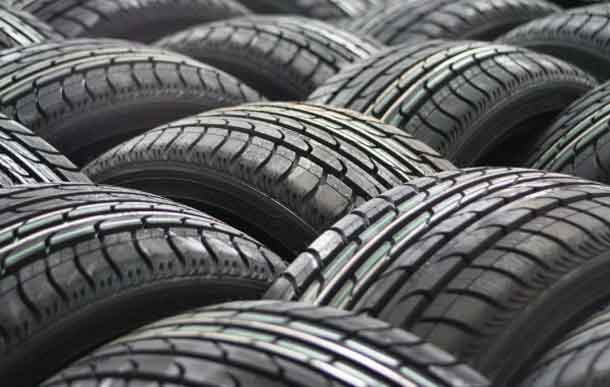
Automotive – Your vehicle’s performance and safety depend on the rubber that meets the road. It begins with carrying out the “Lincoln test.” If you can see Abe’s head on placing a penny upside down on your tires’ treads, start tire shopping.
Time, flaking or damage on the tires’ sides is also a signal that you need new tires. Unfortunately, a new set can set you back a pretty penny. Yet many shoppers don’t do their research before and during the process of buying tires for their vehicles.
However, you can be one of the smart shoppers. Below are a few tips that’ll help you get the most bang for your money – and tires.
Age of “New” Tires
Naturally, tires tend to deteriorate even while they’re in storage, especially in hotter climates. A four-digit number notes the tire’s “birthday” just after the letter sequence that starts with DOT. For example, the number 5009 means that the tire was manufactured in the 50th week of 2009.
Most vehicle manufacturers recommend drivers to change their tires after every six years, no matter how good they look. Plus, some shops have a tendency of stocking old tires, so check the age code to ensure you aren’t buying tires that are several years old.
Consider Warranty
Tire manufacturers typically tout between 50,000 to 80,000 mileage warranties, depending on tire type. Unfortunately, most drivers can’t get this kind of mileage from their tires. Plus, the heavier your car is, the less mileage you should expect from the tires – no matter how good a driver you are!
Before purchasing your tire set based on the mileage warranties, make sure you read the fine print. When your tires wear out before the stipulated mileage, don’t expect that you’ll get a free new set.
In most cases, there is prorated replacements credit where you’ll need to prove that you have been taking proper care for the tires. This means that you need to show that the tires have been inflated to the right pressure and aligned. When checking to purchase, find out from the salesperson what does a tire rotation do to your warranty.
In most cases, manufacturers expect tires to be rotated about every 5,000 to 7,500 miles. Plus, expect a thorough inspection and demand for service records before a warranty is honored.
Brush Your Bargaining Skills
While tires are expensive, you should at least try bargaining for a discount. A neighborhood auto dealer or garage will most likely offer you zero or low discounts, claiming that they’re making thin profits.
The best option for getting a discount on your tires is by purchasing your sets from warehouse clubs that purchase their tires in bulk. Apart from using coupons, it’s unlikely you’ll be able to bargain down here.
However, a sales clerk at a chain specializing in tires works on commission and might have wiggle room to match your price offer. Plus, look out for websites selling tires for shipping to local installers.
In general, you’re better off seeking discounts not on your tires, but on related services like installation, tire rotations or oil changing. Be prepared for sales representatives to try pushing you for expensive add-ons like alignments and brake jobs. If your vehicle requires such jobs done, ask the salesperson to offer you a discount on these as part of tire purchase.

Conclusion
As the famous adage goes, nothing lasts forever. Despite the technological advances in longer-lasting tires, the actual life of the treads on your tires largely depends on the tire type, car type, driving habit, and road and weather conditions. To make sure you get the most value from your tire purchase, follow the tips above.






